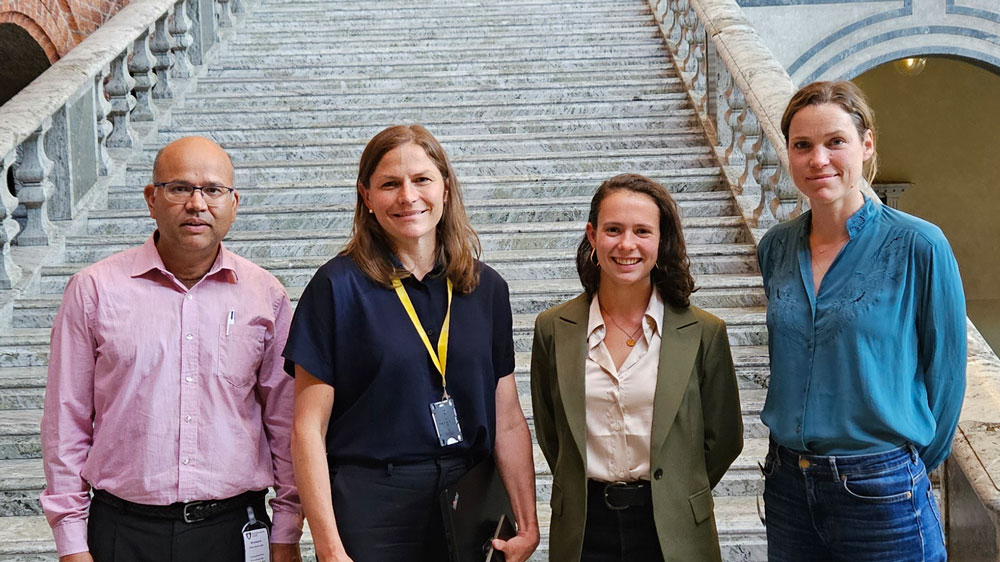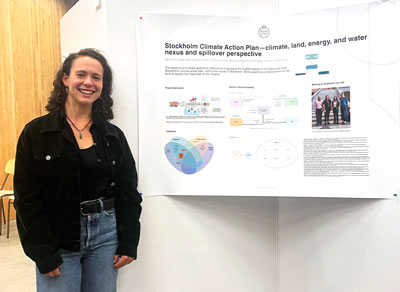Internship strengthens research ties with UC Berkeley

Switching places for a research internship over the summer, two students from KTH and University of California, Berkeley focused on energy research, generating valuable insights in sustainability and climate action for the two institutions.

This summer 12 exchange students crossed the Atlantic Ocean to try out research at a different university - KTH and University of California (UC), Berkeley. Two of them were selected to work with energy research. While KTH student Felix Askenberger went to California to work with Daniel Kammen, one of the U.S.’ leading researchers on energy transition, Daisy Kerr came to Sweden and KTH’s Division of Energy Systems.
During her eight weeks at KTH, the UC Berkeley student dived into Stockholm’s new climate action plan where the aim is to become a fossil-free city by 2040. Her task was to look deeper into two of the plan’s measures and make a more comprehensive mapping then usually. Dilip Khatiwada , Associate Professor and an expert in sustainability assessment, was one Daisy’s supervisors. He explains that greenhouse gas emissions should not be the only consideration in assessing climate actions; land and water impacts are equally vital to sustainability.
“It can be valuable for Stockholm and other cities to start reflecting on different climate action choices, including land and water impacts,” Khatiwada says. “Additionally, it is essential to know how the spillovers of a city’s climate actions are accounted for.”
During her internship at KTH, Kerr performed a qualitative and descriptive mapping of the climate, land, energy and water (CLEW) impacts of two measures from Stockholm’s climate action plan: (1) phasing out fossil oil in the municipal district heating system and (2) building and commissioning of facilities for bioenergy, carbon capture and storage (BECCS). The results can help with investigating the impacts of the nexus and spillovers in local climate action in Stockholm and other cities. The work also contributes to the project, “Urban Climate Action–CLEW nexus and spillover perspective,” in which Dilip and two other researchers from his division are taking part.

“Stockholm’s biomass and waste-based district heating and power system fascinated me,” Kerr says about her internship. “It is tailored to the city’s needs and available resources, so it is much different from California’s energy systems. It was an honor getting a new perspective on climate action in energy from a global climate leader like Stockholm.”
On top of important findings and new experience, valuable connections were made during the internship with UC Berkeley.
“The knowledge and practical exposure gained during the internship will help strengthen academic and research ties with the two universities,” Khatiwada says. “It would be great to continue the collaboration between KTH and UC Berkeley in energy systems analysis, impacts of climate actions, urban sustainability and nexus assessment.
“I hope we can continue exchanging researchers and students between KTH and UC Berkeley!”
